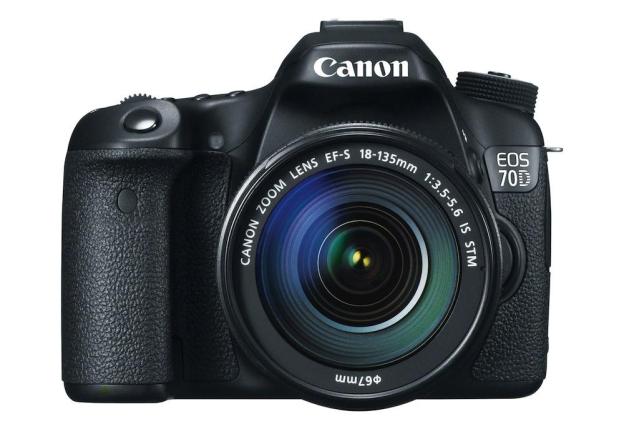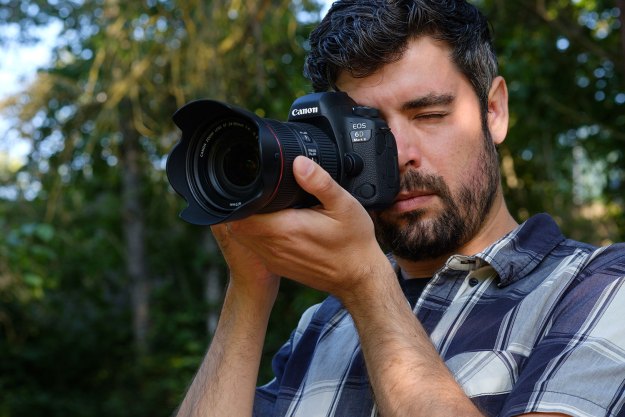 Check out our review of the Canon EOS 70D digital camera.
Check out our review of the Canon EOS 70D digital camera.
Canon’s announced some new DSLRs recently, but this latest model is branded as a cinematographer’s candy. The new EOS 70D offers a step up from entry-level digital SLRs for those who want even better autofocus, and want them in motion pictures as well.

This feature is likely to be a hit with amateur photographers and budding cinematographers alike, allowing a more seamless way to capture moving objects without losing focus. The system boasts three configurations for focusing: Facial detection lock, tap-to-focus, and basic autofocus based on the Dual Pixel CMOS process.
Additionally, the EOS 70D now has a touchscreen 3-inch LCD panel that can flip open to expand angle possibilities. The creative filters found in recent Canon DSLR models are also there, and you can view them live in the viewfinder before taking the shot. If you’re not one to use Canon’s built-on filters, no worries. The 70D is also Wi-Fi enabled so you can share your photos instantly via email or other social networks and apply preferred filters there.

If you already own a Canon 60D, the Wi-Fi connectivity alone is one major feature to upgrade for. If you’re looking for better performance with the AF system, especially in video, the Canon 70D will be your best bet from the lineup this fall. The model is scheduled for a September release at $1,200 for the body, $1,450 with an EF-S 18-55mm f/3.5-5.6 IS STM lens, and $1,550 with the EF-S 18-135mm f/3.5-5.6 IS STM lens.
Watch the video below to see a promotional short movie shot with the 70D.
Editors' Recommendations
- Don’t upgrade your camera. It won’t make you a better photographer
- The unrestrained 1D X Mark III proves Canon still knows how to lead. Will it?
- Canon EOS Rebel T7 vs. Canon EOS Rebel T7i: One letter makes a big difference
- Canon EOS 90D vs. Canon EOS 80D: Is the upgrade worth it?
- 32-megapixel Canon EOS 90D and M6 Mark II set new bar for APS-C sensors


